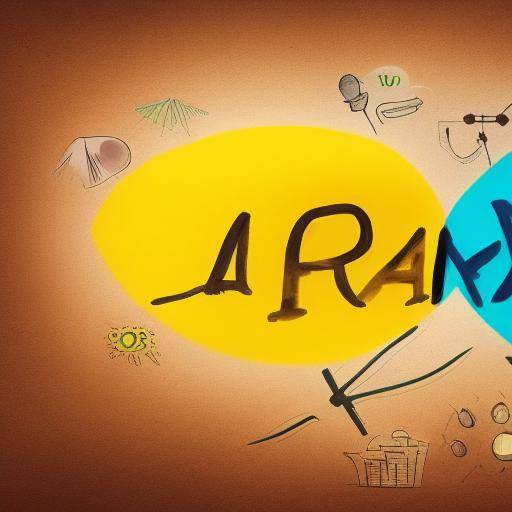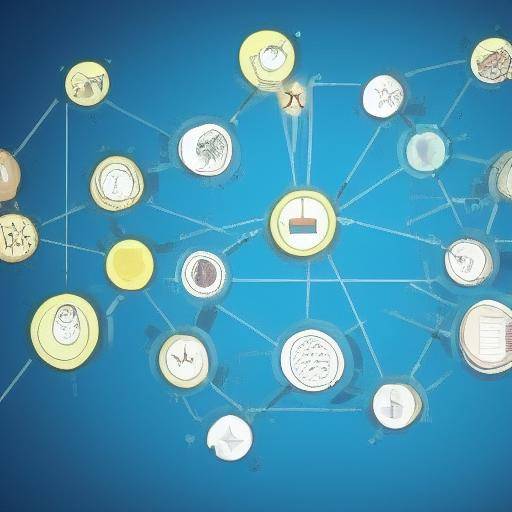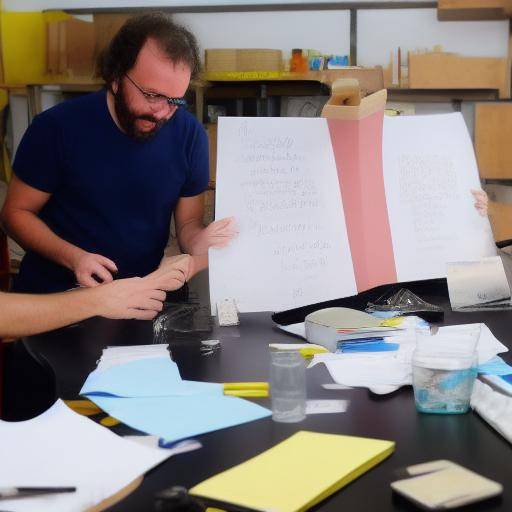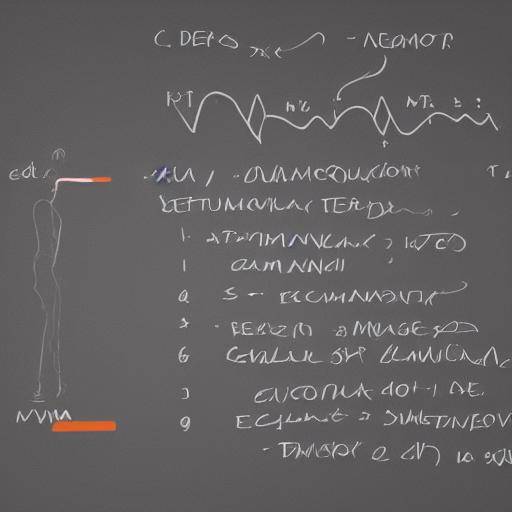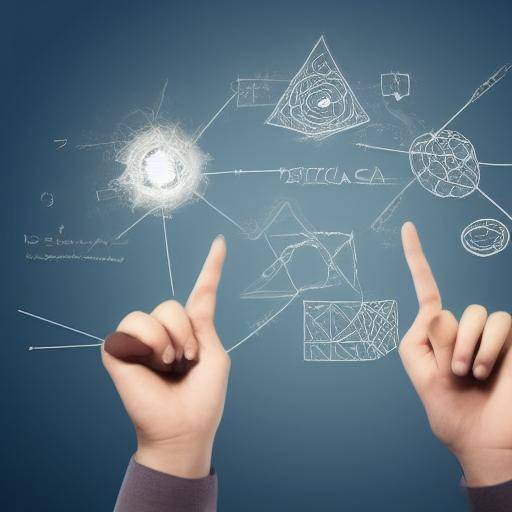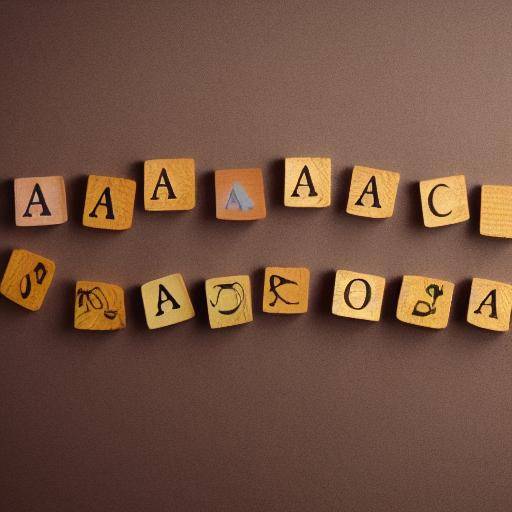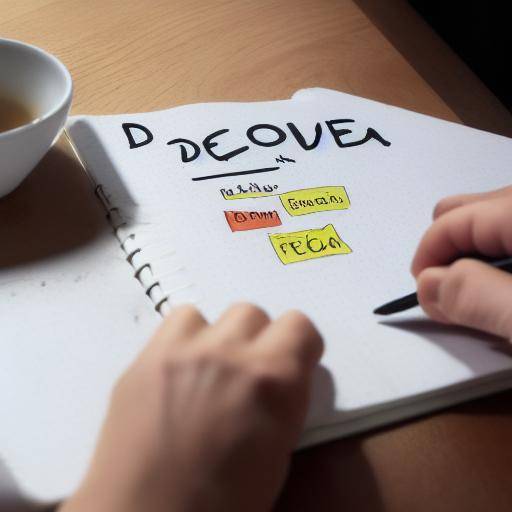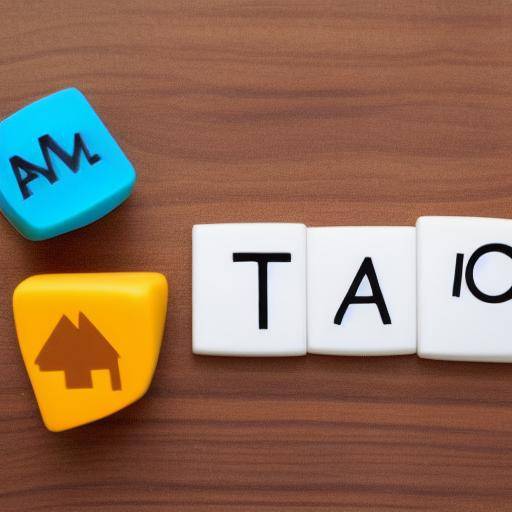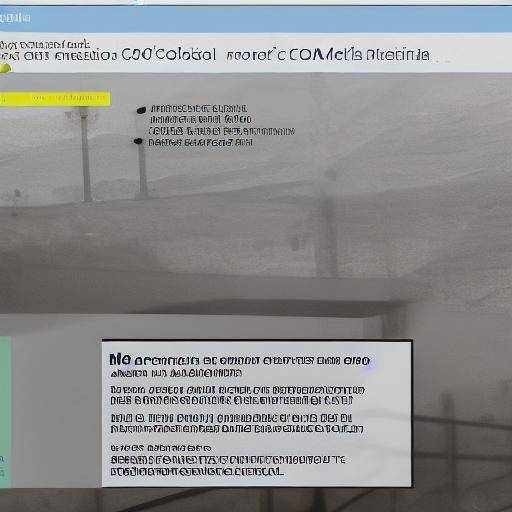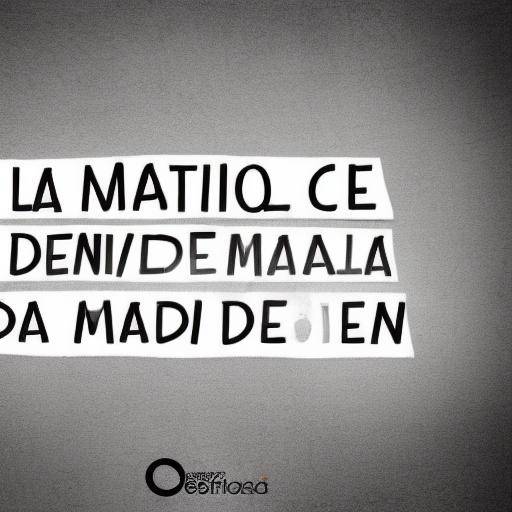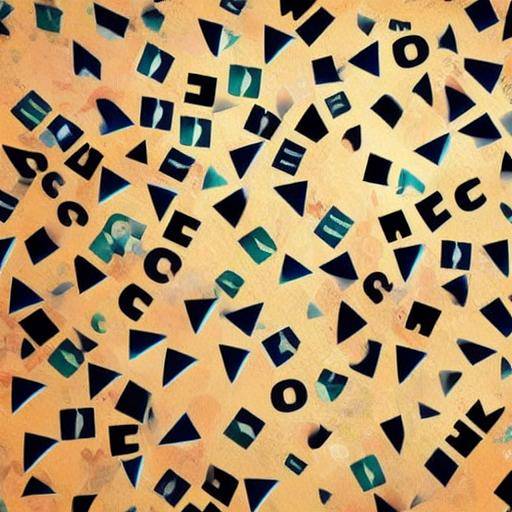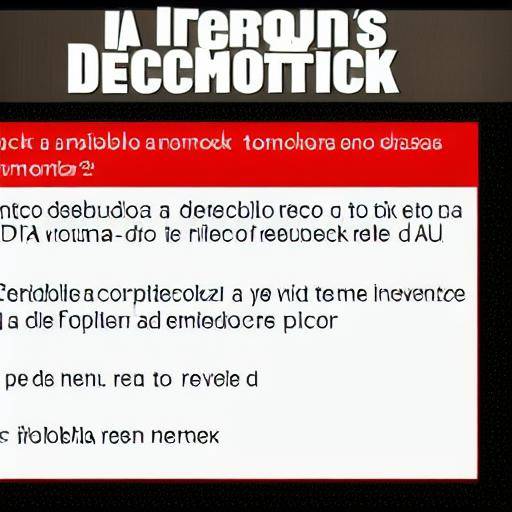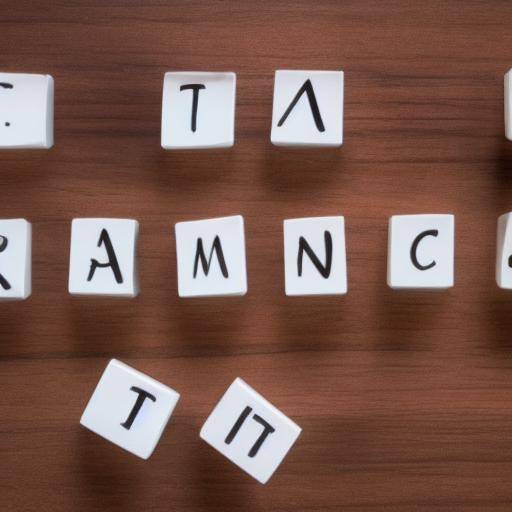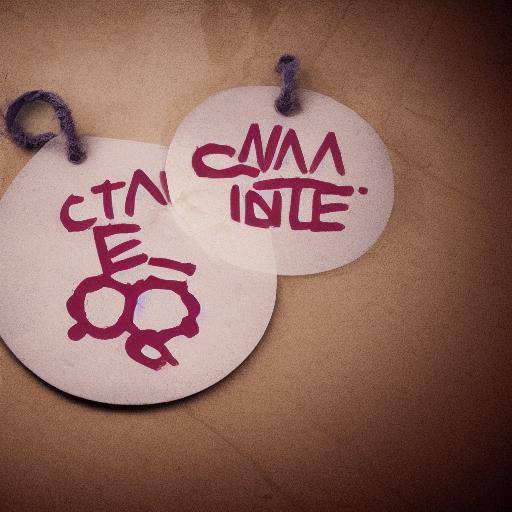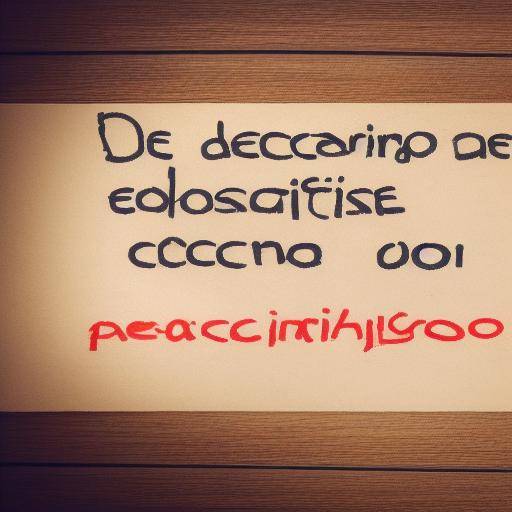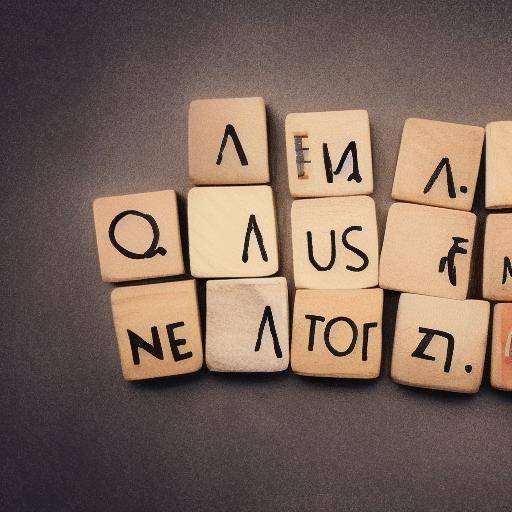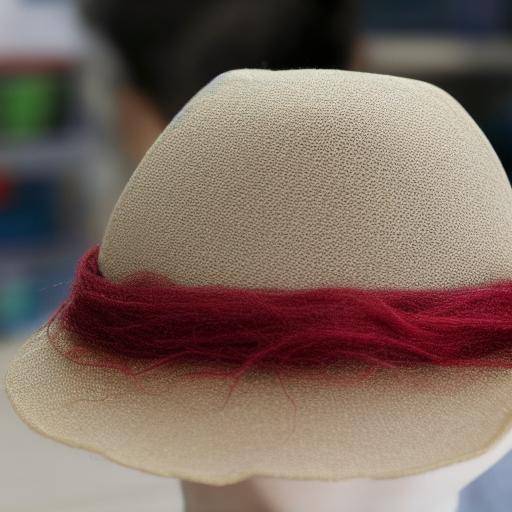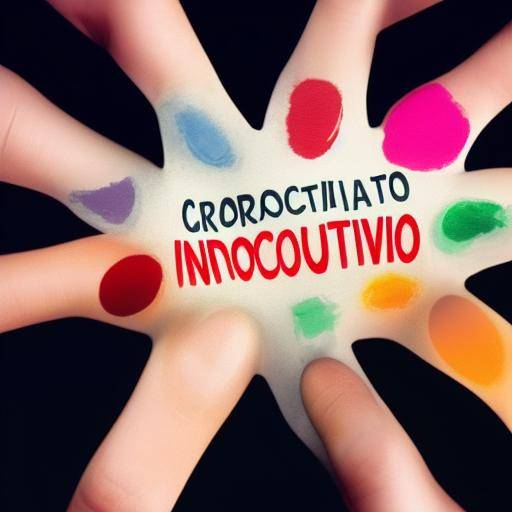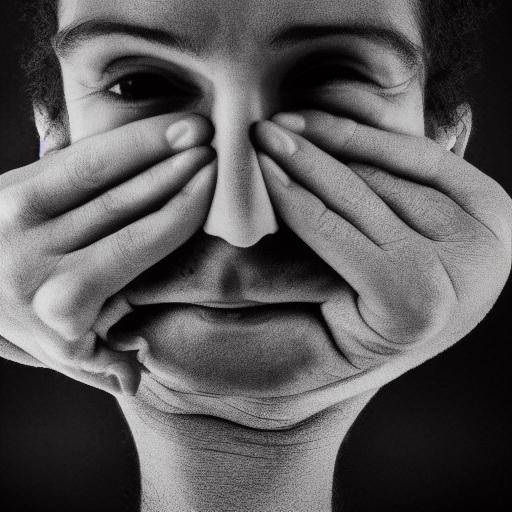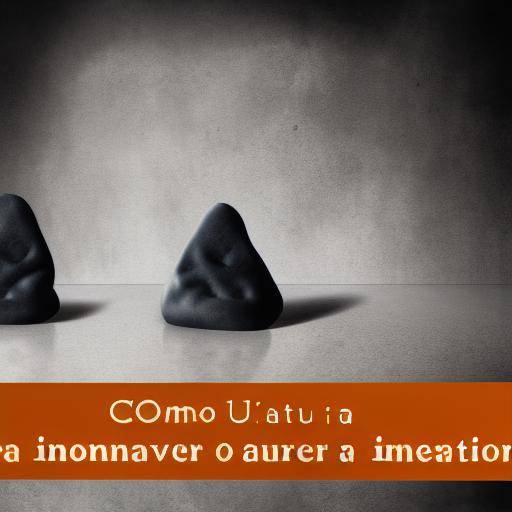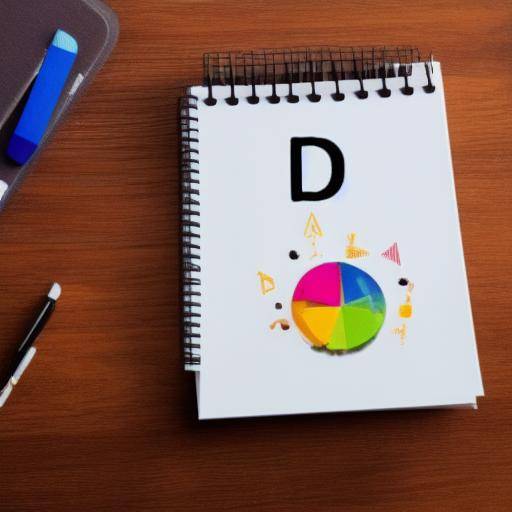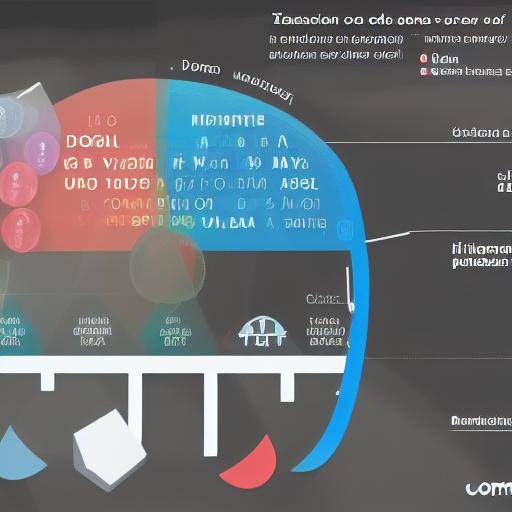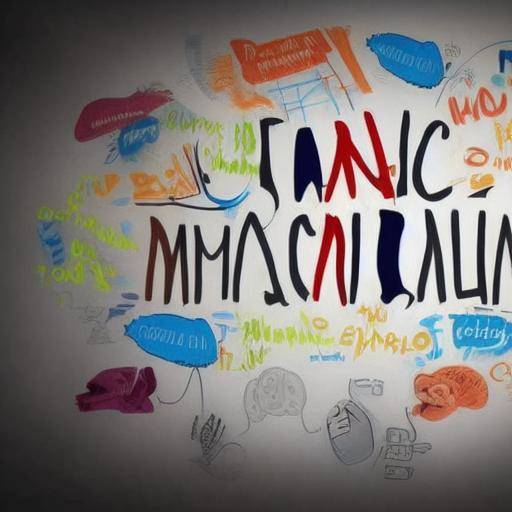
Introduction:
Decision-making is a crucial skill in personal and professional life. Often, we face situations where we need to evaluate options, consider risks and make decisions with confidence. The technique of the six hats, developed by the famous thinker Edward de Bono, offers an innovative and structured approach to address this challenge. In this article, we will explore in detail how this technique works, its application in decision-making and its relationship with the stimulation of creativity.
History and Background:
The technique of the six hats was created by Maltese psychologist Edward de Bono in the 1980s. De Bono proposed this approach as a way of challenging traditional thinking and fostering creativity in the decision-making process. The technique is based on the concept of using different metaphorical "sombreros" to represent different modes of thinking, which allows individuals to address a problem from multiple perspectives.
This innovative approach has been widely adopted in various fields, from business management to conflict resolution. By providing a clear framework for examining and analysing alternatives, the six-hat technique has proven to be effective in improving the quality of decisions and fostering creativity in collaborative work environments.
Detailed Analysis:
**Benefits of the technique of six hats:**This technique offers several benefits, including the ability to separate critical thinking from the creative, promoting a more balanced and structured approach to decision-making. It also encourages the inclusion of multiple perspectives and consideration of emotional aspects, which can lead to more holistic and sustainable solutions.
**Current challenges and trends:**Although the technique of the six hats has proven to be successful in many scenarios, it faces challenges in the digital era, where decision-making tends to be quick and data-oriented. However, there is a resurgence of interest in more reflective and collaborative approaches, suggesting that this technique remains relevant.
Comprehensive review:
The application of the technique of the six hats is diverse and its significant impact enriches the decision-making process and encourages creativity in various areas. From solving everyday problems to business strategy, this technique has demonstrated its value in multiple contexts, offering tangible results and stimulating innovation.
Comparative analysis:
Compare the technique of the six hats with other decision-making approaches and techniques to foster creativity reveals differences and similarities that highlight the uniqueness and value of this method.
Practical Tips and Accessible Tips:
If you are interested in implementing the technique of the six hats in your personal or professional life, here are some practical tips to start. Start by identifying a problem or decision that requires analysis. Then assign different roles to each hat and explore the corresponding perspectives. Finally, it integrates the ideas generated to reach an informed and creative decision.
Perspectives of the Industry and Opinions of Experts:
Decision-making and creativity experts underline the importance of adopting innovative approaches such as the technique of the six hats to confront complexity and uncertainty in the current world. Get valuable ideas from leading professionals who share their views on the impact and practical applications of this technique.
Case Studies and Applications in Real Life:
Case studies illustrate the effectiveness of the technique of the six hats in problem solving, generation of ideas and strategic decision-making. Discover how this technique has transformed organizations, improving the quality of decisions and fostering an environment that stimulates creativity and innovation.
Future Trends and Predictions:
The future of the technique of the six hats becomes promising, as it remains a relevant tool in a world where effective decision-making and creativity are essential for success. Predictions aim at greater adoption in business and educational settings, as well as their evolution to adapt to emerging challenges.
Conclusion:
In short, the technique of the six hats offers an innovative and structured approach to decision-making, enriching the process with multiple perspectives and stimulating creativity. This method is not only relevant in business contexts, but can also be applied to everyday situations to achieve significant results. By adopting this approach, people and organizations can strengthen their capacity to address challenges, develop innovative solutions and make informed decisions.
Do not wait any longer to make the most of the technique of the six hats and raise your decision-making and creativity to a higher level!
Frequently asked questions
1. What are the six decision-making techniques hats?
The technique of the six hats includes six metaphorical hats, each representing a different way of thinking: the white hat for data and facts, the red hat for emotions and feelings, the black hat for criticism and caution, the yellow hat for optimism and benefits, the green hat for creativity and new ideas, and the blue hat for control and organization of thought.
2. How can I apply the technique of the six hats in my personal life?
You can apply the technique of the six hats in your personal life to address important decisions, resolve conflicts or generate new ideas. By assigning different hats to your own perspectives, as well as those of the people around you, you can get a more comprehensive view of the situation and make more informed decisions.
3. Is the technique of the six hats suitable for business environments?
Yes, the technique of the six hats is highly effective in business environments, as it promotes a more structured and balanced thinking in decision-making. In addition, it promotes collaboration and creativity, which can boost innovation and business success.
4. What is the difference between the technique of the six hats and other decision-making approaches?
Unlike some traditional approaches that focus only on rational analysis, the technique of the six hats incorporates emotional and creative aspects into the decision-making process, making it more inclusive and holistic.
5. Is there concrete evidence that the technique of the six hats improves decision-making?
Yes, there are numerous studies and practical cases that support the effectiveness of the technique of the six hats in improving the quality of decisions by allowing a wider consideration of the different perspectives and effects of decisions.
6. How can I learn more about the technique of the six hats?
You can expand your knowledge by participating in workshops, reading books and resources, and by practicing the application of the technique in real scenarios. Explore various resources and seek opportunities to put this technique into practice in different contexts to gain a deeper understanding and a greater mastery in its application.
With these clear approaches and practical applications, we hope you can make the most of the technique of the six hats to enrich your decision-making and stimulate creativity in various areas of your life.




